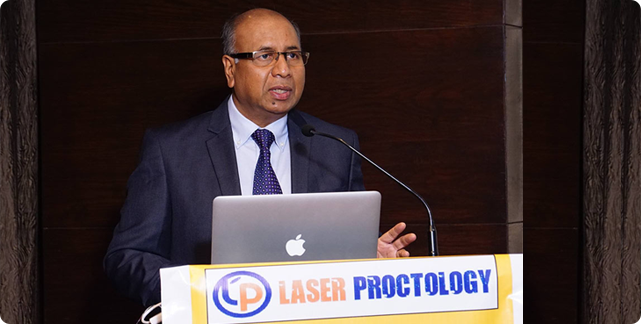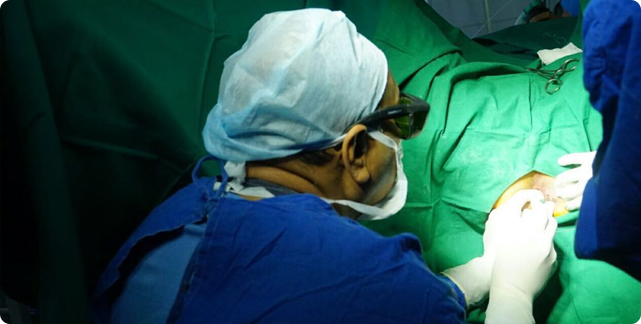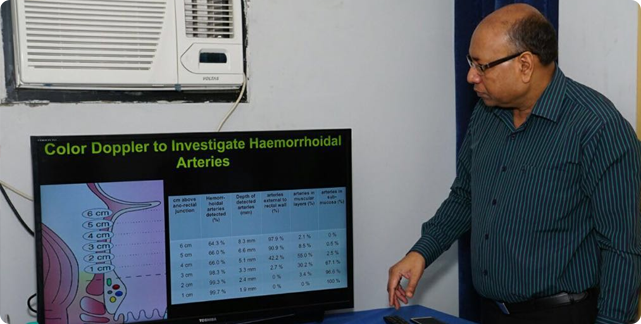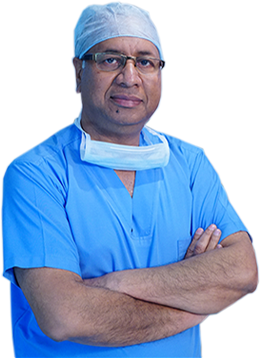Varicose Veins: Causes, Symptoms, and Modern Treatments with Laser and Sclerotherapy
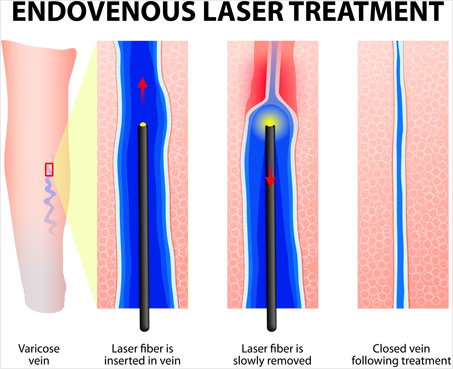
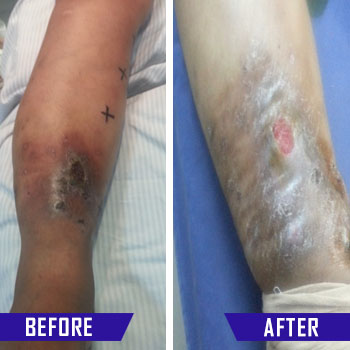
What Are Varicose Veins?
Varicose veins are swollen, twisted, and enlarged veins that often appear blue or dark purple.
They usually occur in the legs and feet due to standing pressure.
Although they may seem like only a cosmetic issue, varicose veins can cause pain, swelling, and serious complications if not treated on time.
Why Do Varicose Veins Develop?
Veins have tiny valves that help blood flow smoothly toward the heart. When these valves become weak or damaged, blood starts pooling in the vein — causing it to swell and twist.

